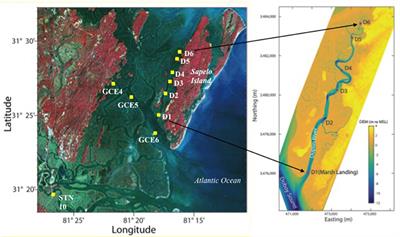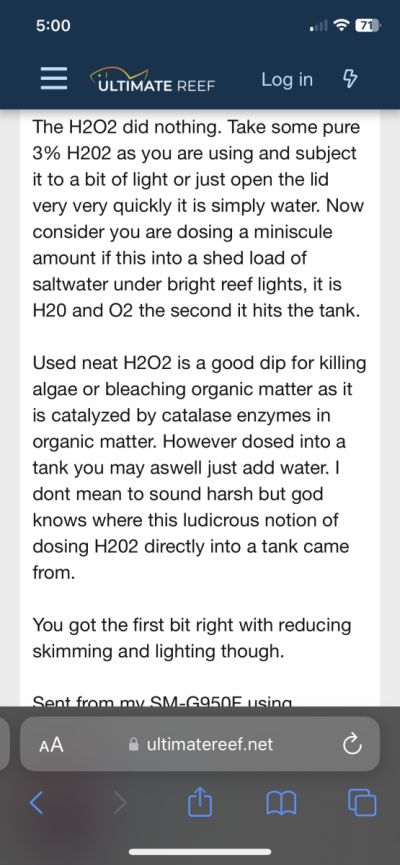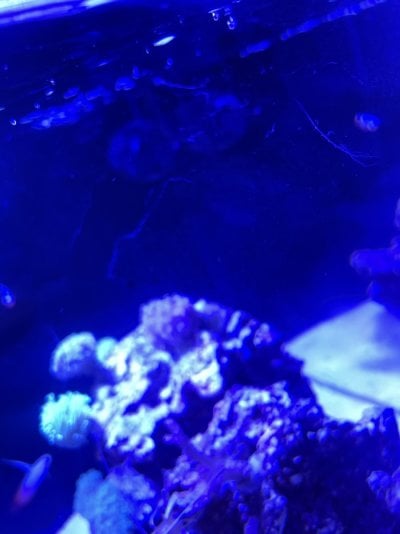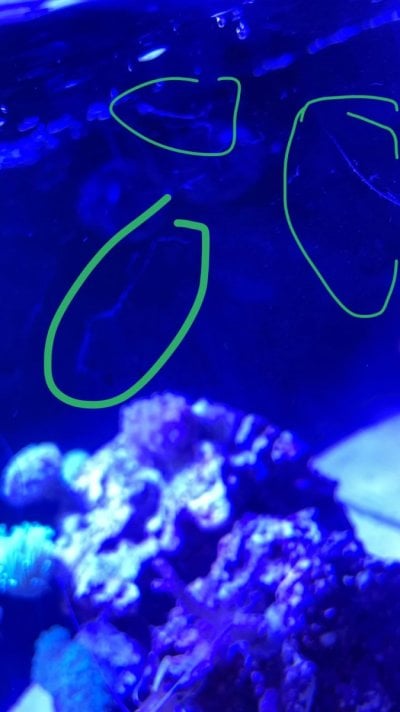- Joined
- May 22, 2016
- Messages
- 6,537
- Reaction score
- 10,089
Thanks for taking the time to give a not-simple answer.I missed this when first posted, so I'll comment now.
Raising pH will make ferric iron less soluble. Is that important? i do not know.
Adding peroxide likely does drive Fe++ to Fe+++.
Does a pH change alter the Fe++ / Fe+++ balance? It might, but I'm not 100% sure what controls the equilibrium ratio even if the oxidation is faster at higher pH as your link shows.
I'm not sure on the temp effect.
























